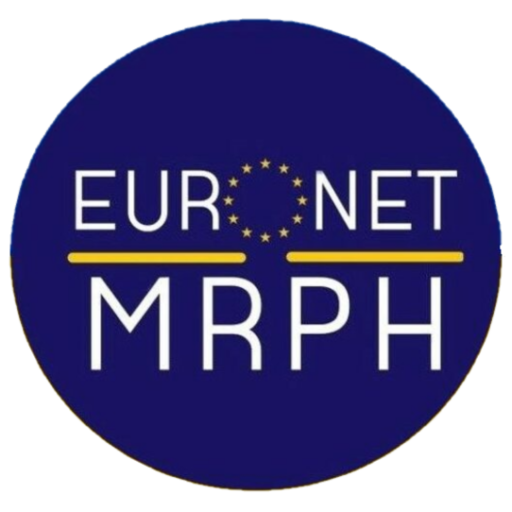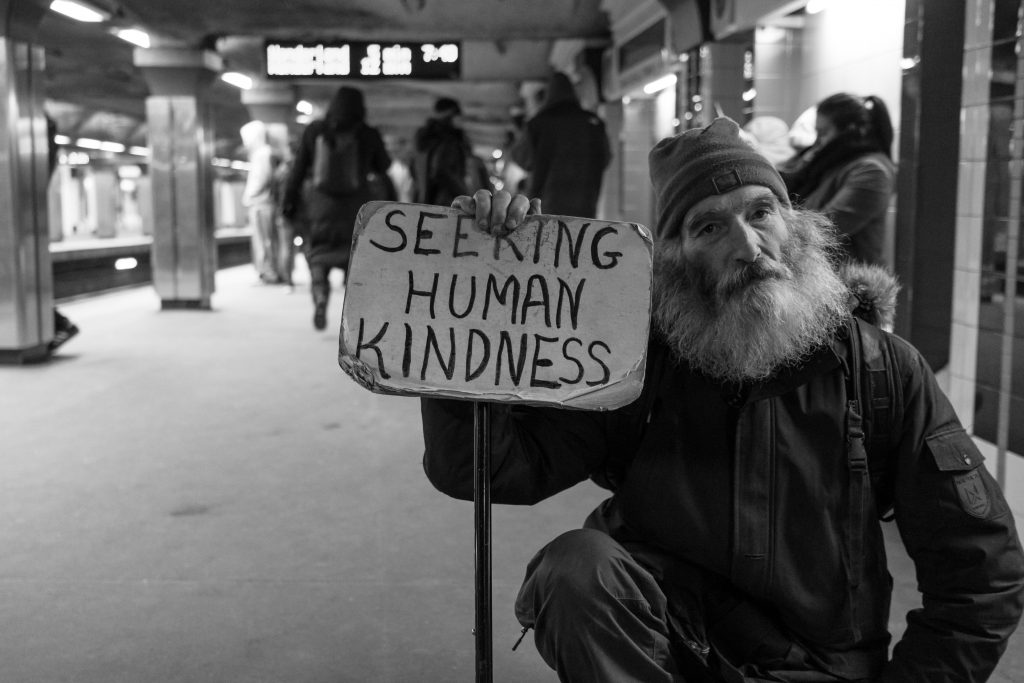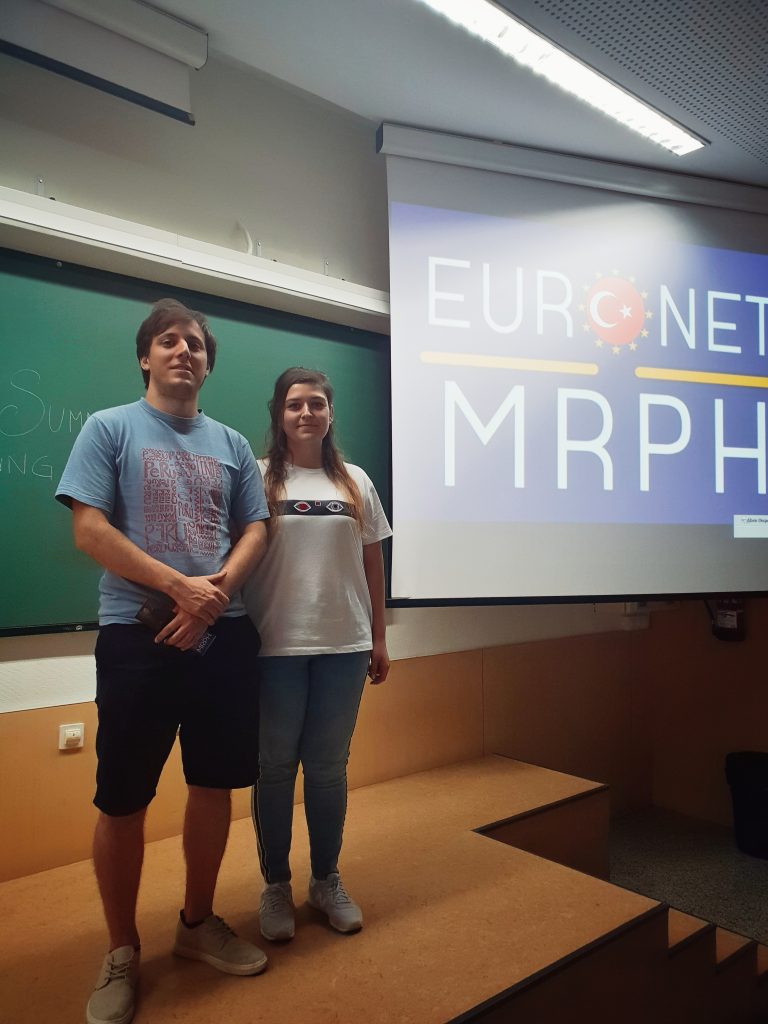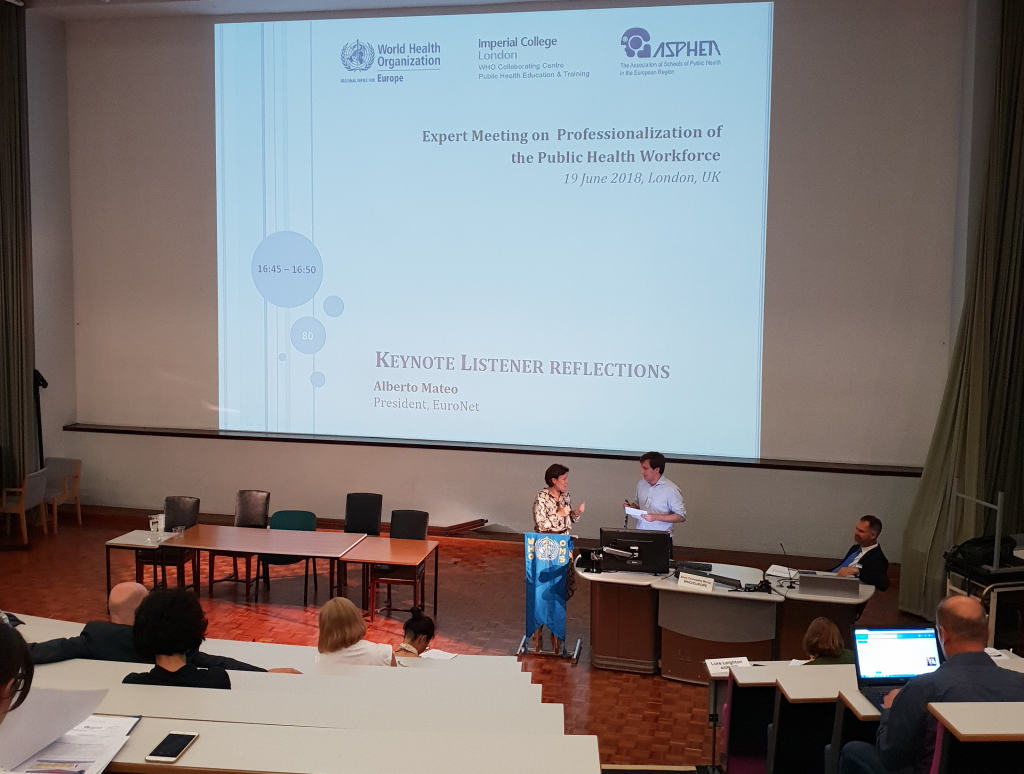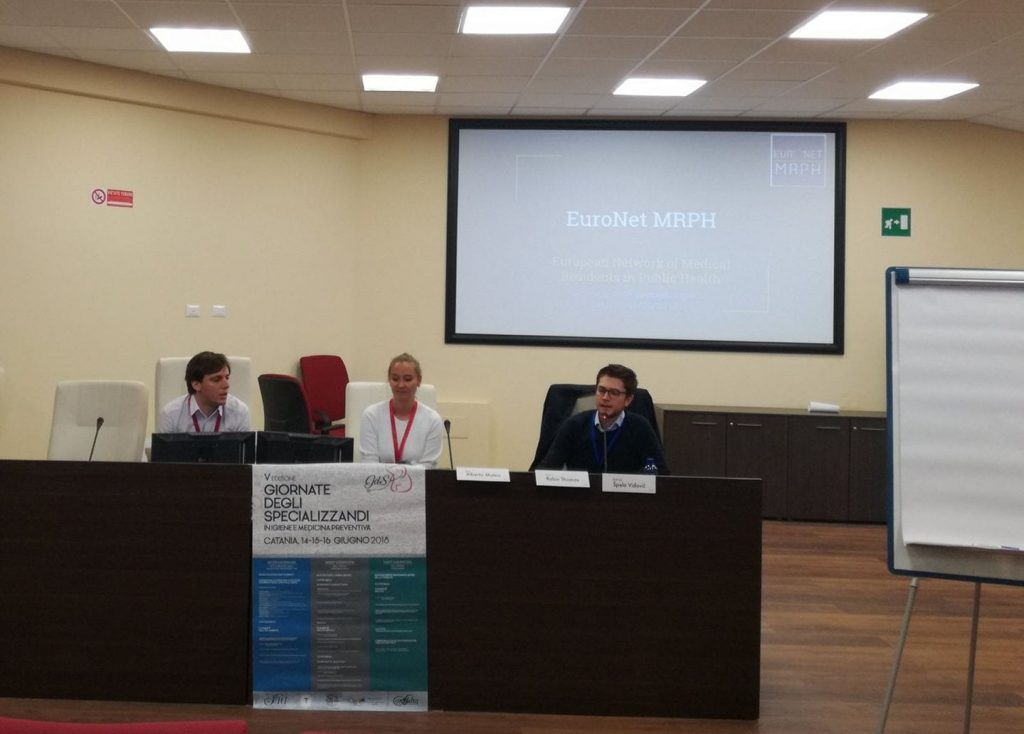I’ve been an internal Public Health doctor since January, and I’m taking my first steps in the wide-ranging medical specialty of Public Health. My unit of work covers a wide area including two small-sized cities, Santa Maria da Feira and Arouca, located approximately 40 kms south of Porto. As the first year of an internship in Portugal is focused on Community Health, my daily work is based on 5 major areas: Prevention and Health Promotion, Environmental Health, Health Authority, Epidemiological Surveillance and Health Planning.
In addition to having a particular interest in Global Health, I attend traveller’s consultations in the International Vaccination Center of Porto whenever I possibly can. I grasped the opportunity to attend the World Health Summit Regional Meeting, which took place in Coimbra on the 19th and 20th of April. The congress was held at the San Francisco Convent in a space that gathered around 600 participants and 120 speakers from more than 40 countries to discuss Global Health. A special focus was paid to the health problems faced within countries of the Community of Portuguese Language Countries (CPLC).
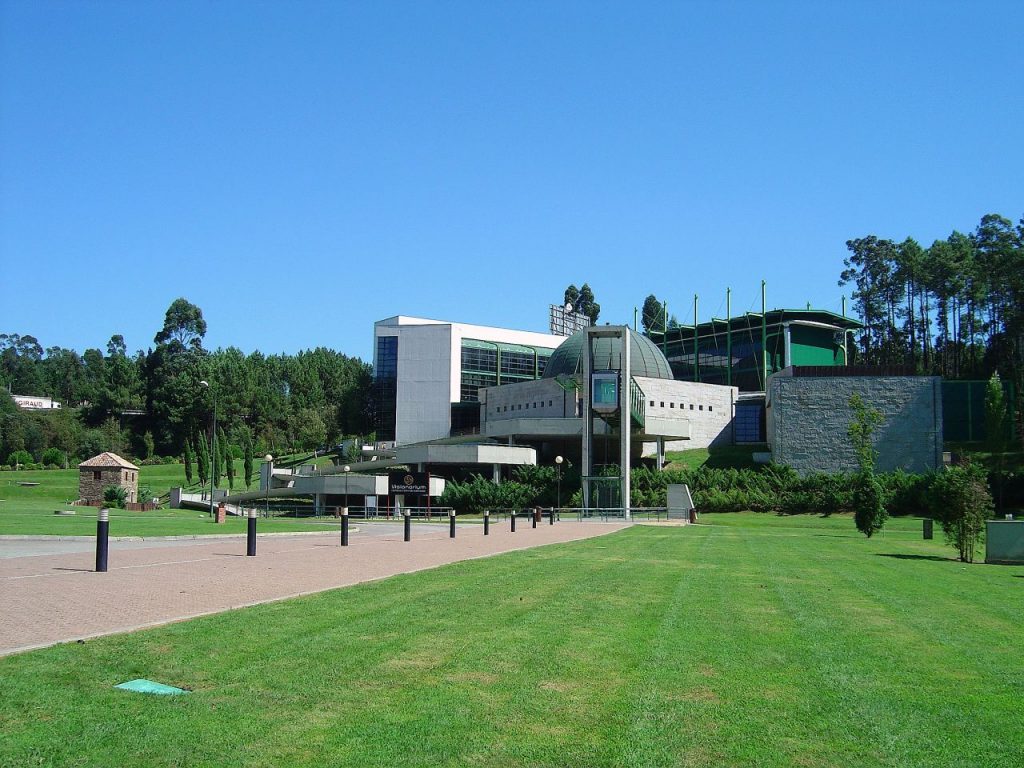
Besides the excellent exhibits, interesting debates and networking, which was essential for both professional and personal enrichment, it has also brought many concerns and a feeling that change is essential.
The task of countries considered underdeveloped is increasingly seen as a utopia. The high rates of maternal and child mortality in addition to the high burden of communicable diseases, these countries are facing a growing increase in noncommunicable diseases that until very recently were confined to developed countries. Conversely, developed countries are facing the resurgence of some vaccine preventable communicable diseases, such as Measles in Europe, as a result of a drop in vaccination rates due to the growing anti-vaccine movements we have witnessed. Climate change is a fertile ground for migrations of certain vectors, which may facilitate one of the greatest Public Health problems in countries considered underdeveloped, the vector-borne diseases.
Taking into consideration the future problems resulting from the constant increase of the world population with a prediction of 8.5 billion people in 2030… will there be clean water for all?
We’re a time bomb, and time is counting.
According to various experts in many different areas, even if all efforts were put into practice it would be difficult to achieve the 17 sustainable development goals by 2030. The strategies and measures adopted have been scarce in dealing with the many problems that exist.
We can’t continue to focus solely on the health of our communities, knowing what is happening in the rest of the world.
We can’t all live in Sweden (Ranked 1st the SDG’s rankings), but we can replicate 157 Swedens.
Through the history of Public Health, we have a duty to try to change the world for the better, because anything is possible if someone dreams about it.
_________________________
References
1. World Health Summit Regional Meeting 2018, Coimbra – Portugal. Available: <https://www.worldhealthsummit.org/regional-meeting.html>
2. SDG Index and Dashboards Report 2017 – SGD Index & Dashboards
_________________________
Davy Fernandes
Public Health Resident, Feira-Arouca Public Health Unit, Portugal.
